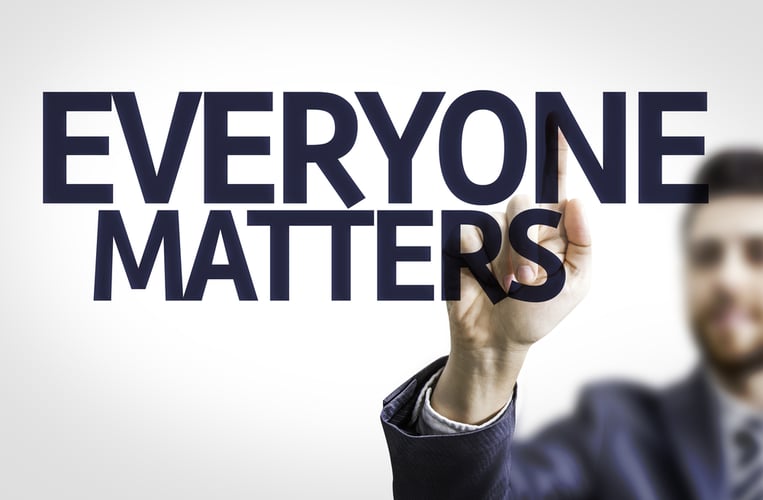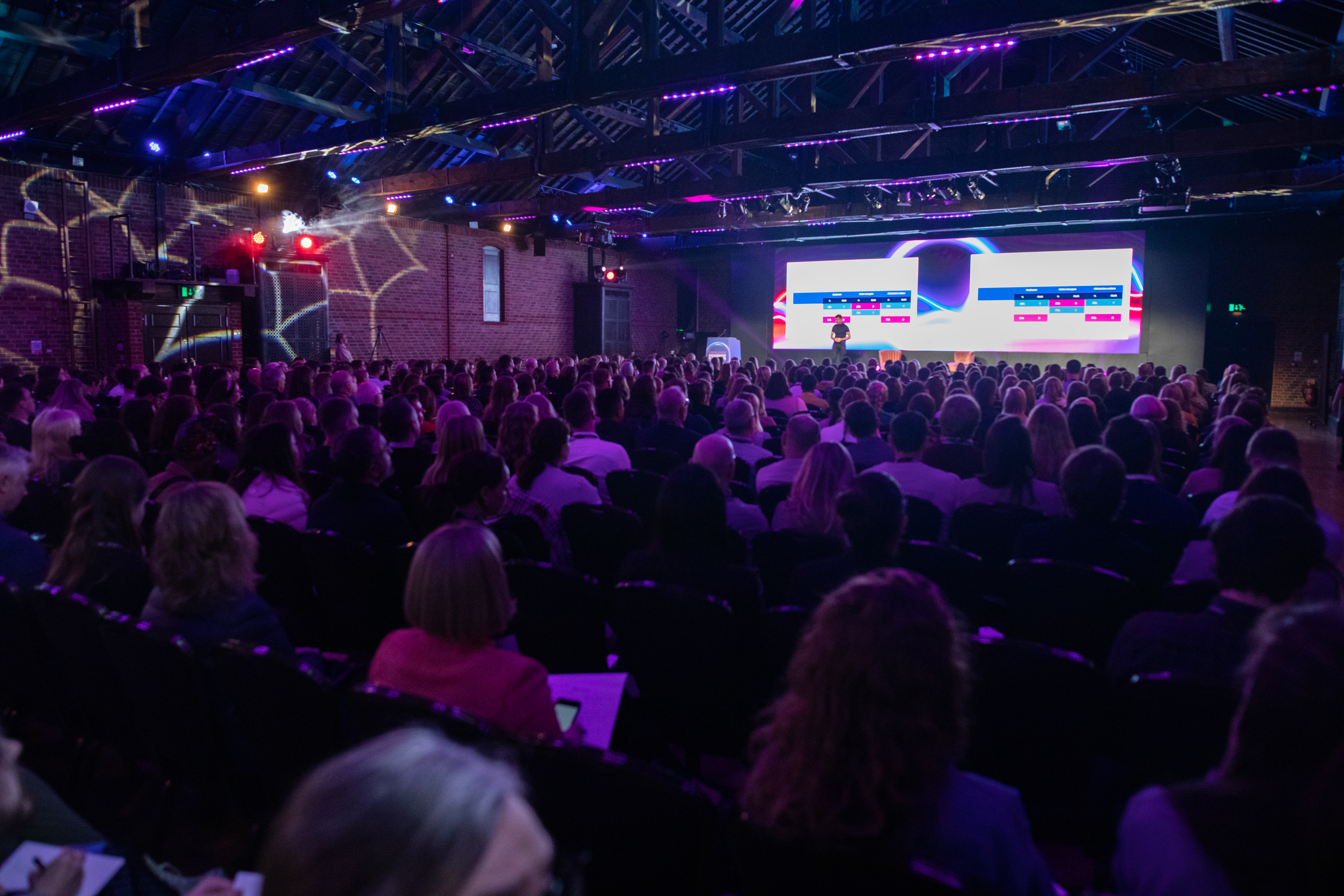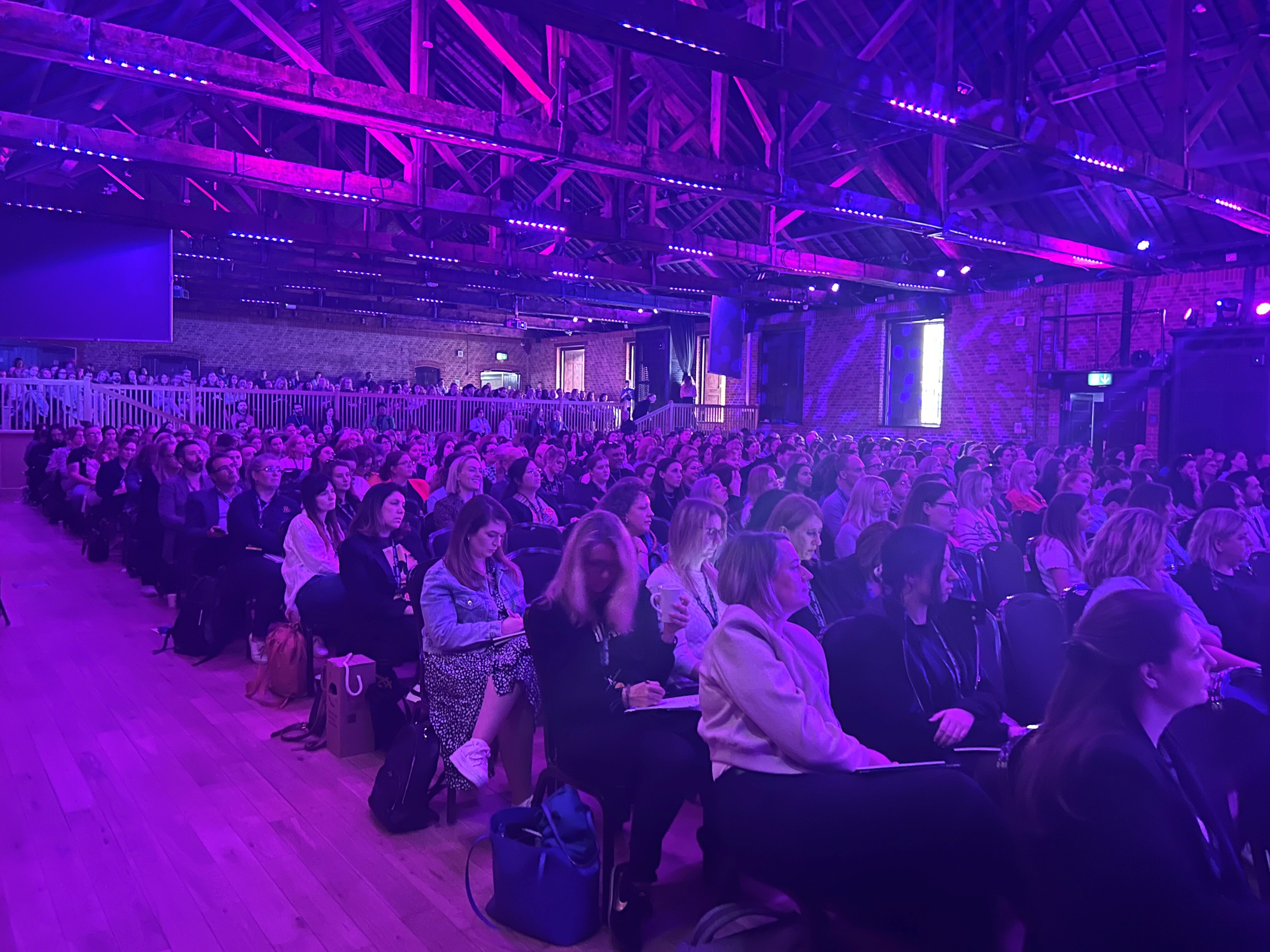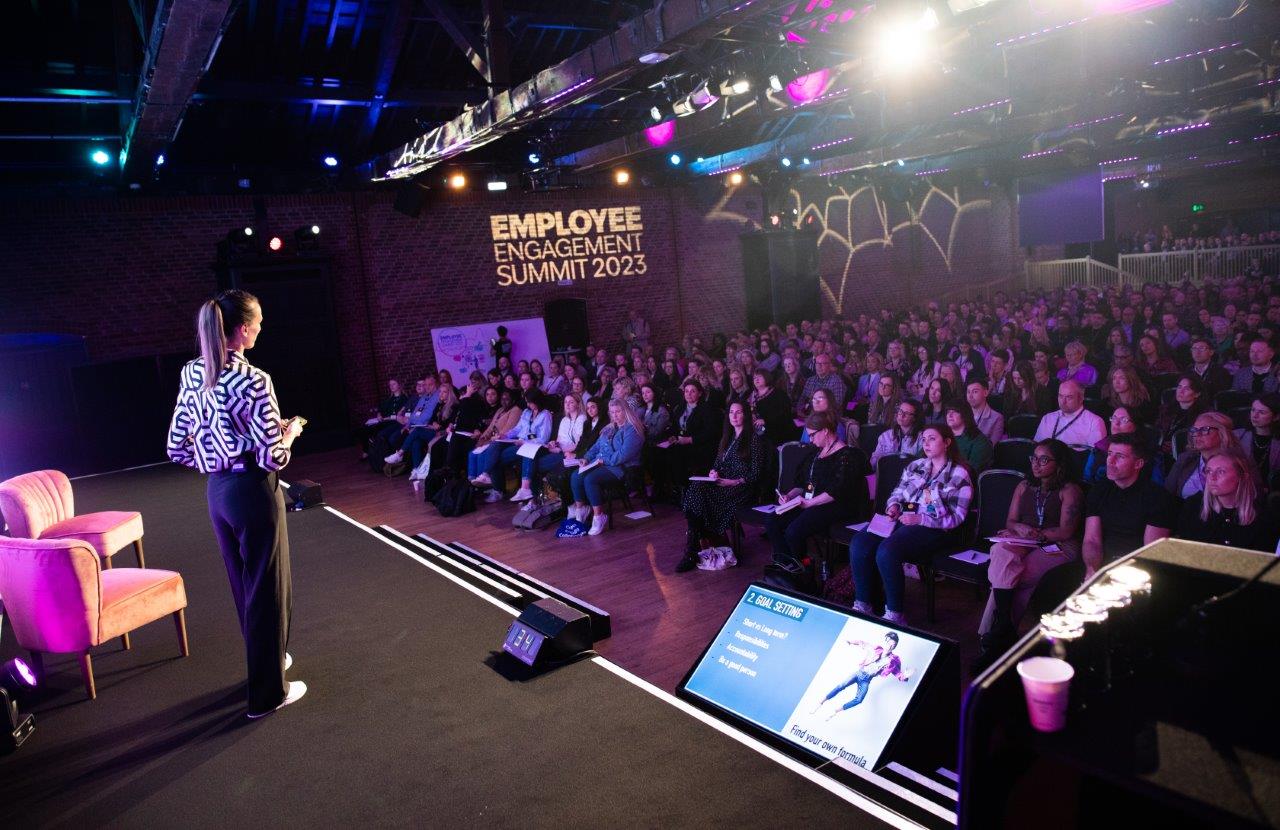National Coming Out Day: How easy is it for employees to come out at your organisation?

By Joanne Lockwood, Diversity & Inclusion Specialist
According to FRA (European Union Agency for Fundamental Rights) in 2019, 21% of all LGBTQ+ Europeans reported experiencing workplace discrimination; jumping to 36% for transgender people. Although society has taken many steps forward in the acceptance and visibility of sexual orientation and gender identity, coming out at work is likely to be a significant part of an LGBTQ+ individual’s unique journey. With National Coming Out Day on October 11th, we asked Diversity & Inclusion Specialist Joanne Lockwood how easy it is for employees to come out and how can HR, and we as colleagues, help with changing identities.
Joanne says: “There may be different reasons for people to stay silent about their sexual and gender identities from fear of workplace stigma, to concerns about its effect on them socially or even economically given pay bias possibilities. If they aren’t able to show their identity it is usually because they have weighed up the risk and it is deemed to be too high a potential price to pay than remaining in their invisibility.
“Conversely every day is a coming out day for many people, as on any given day they may decide to share with an individual or group in their life. When sharing information about our sexuality or identity we then have to wait for and assess a reaction before we can go forwards. For example, perhaps as a gay man, you are sitting next to someone at a training event and you want to mention your husband simply because their job is relevant to the conversation. Do you call them your husband or is it easier to say “partner”? As for a trans person, the need for other people’s curiosity to be satisfied never ends.”
So how can we support someone coming out?
Know it is different for everyone. Understand how much it may have meant for someone to come out to you as a new person. They may have been assessing if they are safe to do so. They may have been trying to figure out their gender or sexuality all their life and are now at a place where they are able to be themselves. They may be completely at ease and just want for it to not be a point of interest. Each person’s journey will have been different.
Don’t ask intrusive questions. Would you be happy if someone else asked you that question that you are itching to ask? Ask yourself if you are about to ask a question to satisfy your own curiosity or to make them feel included.
Normalize those conversations. If someone does come out to you, you don’t need over-the-top validations of “Wow that is amazing!” Positive affirmation is wonderful, patronising or puffery is not!
Understand the importance of safety. Even when they have come out many LGBTQ+ people are frightened or anxious to show public signs of affection within their couple, even holding hands. We have to think, is now an appropriate time and environment? Am I in the mood to be stared at? The more comfortable you make someone feel, the more relaxed they will be to be themselves.
Confidentiality is key. It’s not your news. Be aware of how far out people are. Some people may have come out at work but not yet to their children. They could be living a dual life. They may be out to you but don’t want to be out to everyone else at this point. Treat with honour that someone has shared their identity with you because they trust you. It’s not your news to tell others.
How can HR help with changing identities?
Be holistic in your inclusion ethos to ensure authentic belonging. Taking part in Pride events and acknowledging important days like National Coming Out Day are a good way to celebrate the LGBTQ+ community but ensure every day is a day where we strive to be inclusive.
Zero tolerance of prejudice. Having policy and protocol about acceptable language, what is hate and harassment, the importance of using the right pronouns, and stopping stigmatization should be part of the framework of the organisation. Programme assisting and training play key roles to make this happen.
Don’t just use the flag. A lot of companies will show the Pride flag, and use rainbow logos or slogans during Pride month, but they don’t actually put the groundwork in to change how their organisation contributes to LGBTQ+ rights and equality. Make sure LGBTQ awareness and education are on the agenda but equally that normalisation of conversation around it is just part of the culture.
Make sure there is support. Is your business equipped to be first responders if someone needs mental health first aid? What emotional support are you able to provide? Are you checking in with them? Are their managers aware if they are happy for them to be? On a practical level if someone needs it can you provide some hours of counselling as part of their medical benefits? Be sympathetic for reasonable time off requests as they may be critical to that employee’s well-being.
Inclusive recruitment. Bring the LGBTQ+ community into focus through inclusive and diverse recruitment. Check whether the organisation is biased and is talking the talk but not walking the walk. Is the organisation only really looking to include people who are just like us?
Compassion is a must. Educating is a process and mistakes can be made but compassion is a must. Embrace conversation that doesn’t put people on the spot but makes them feel like they belong.
Don’t push someone to come out. Coming out at work is a personal choice and will happen when the individual feels that it is the right time. Applying pressure for a revelation can cause someone to retreat backwards, away from bringing their whole selves to work, which is bad for them, the team and the bottom line.




